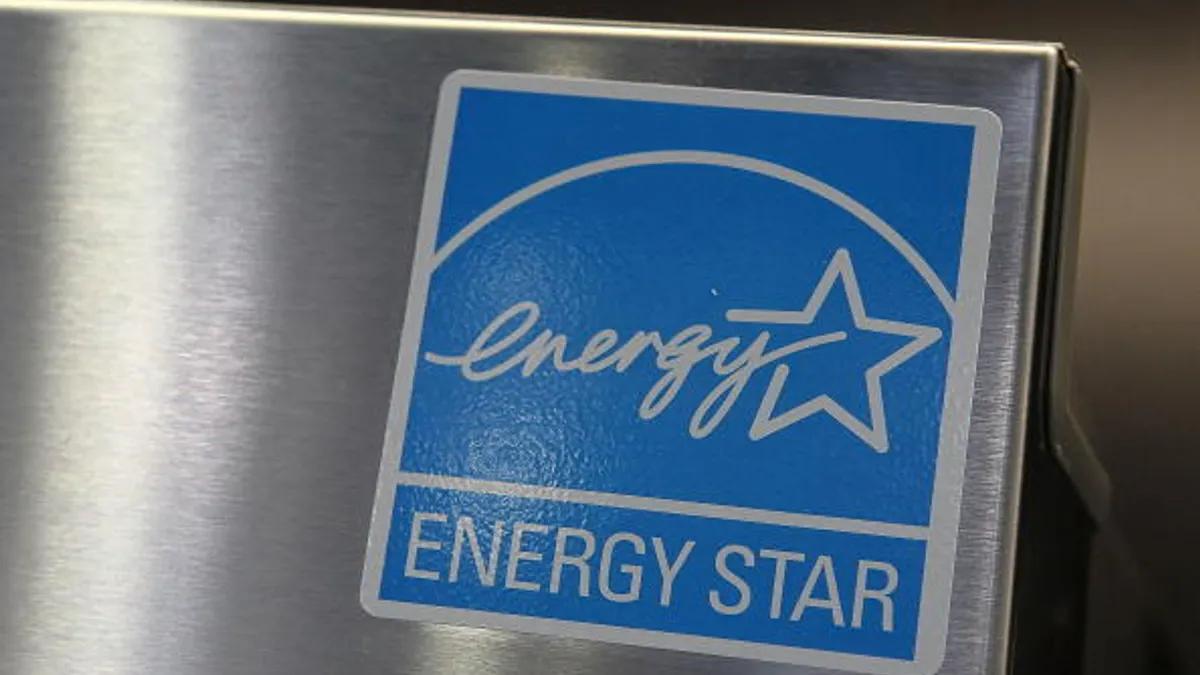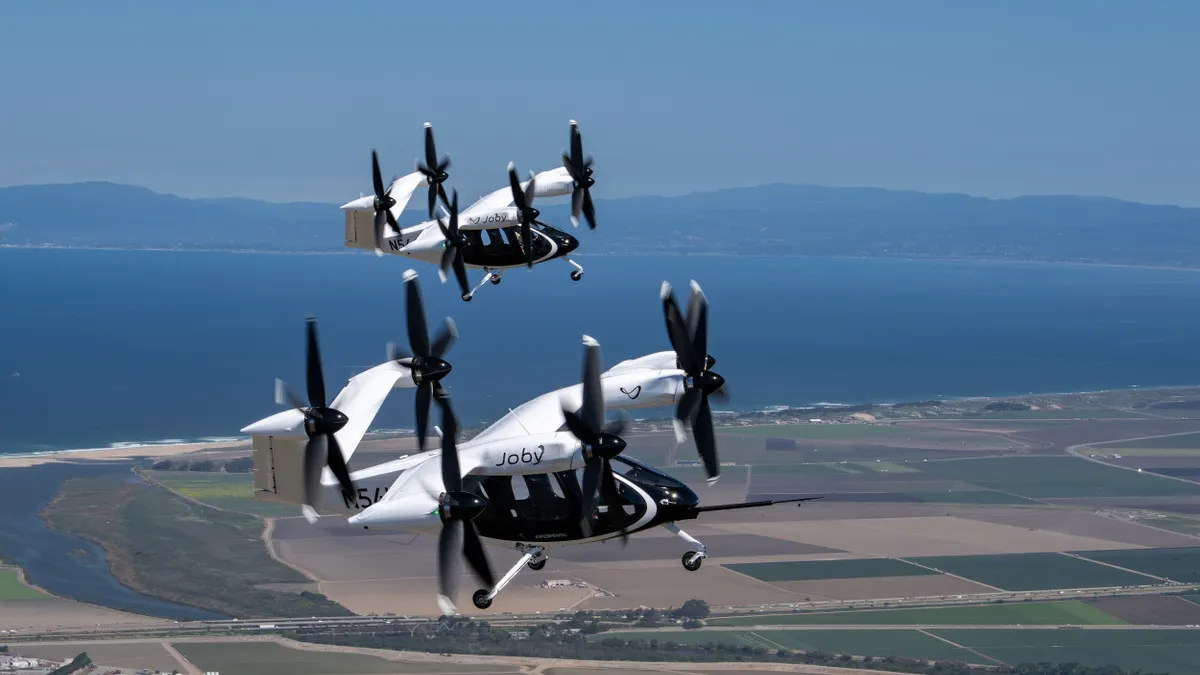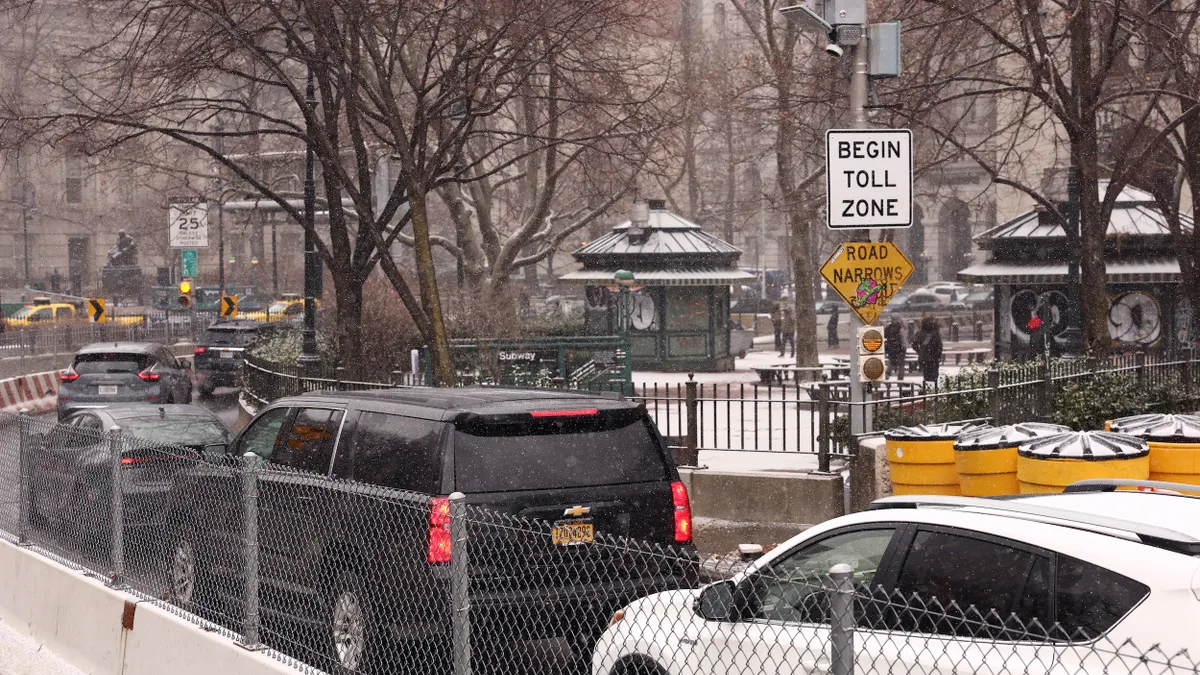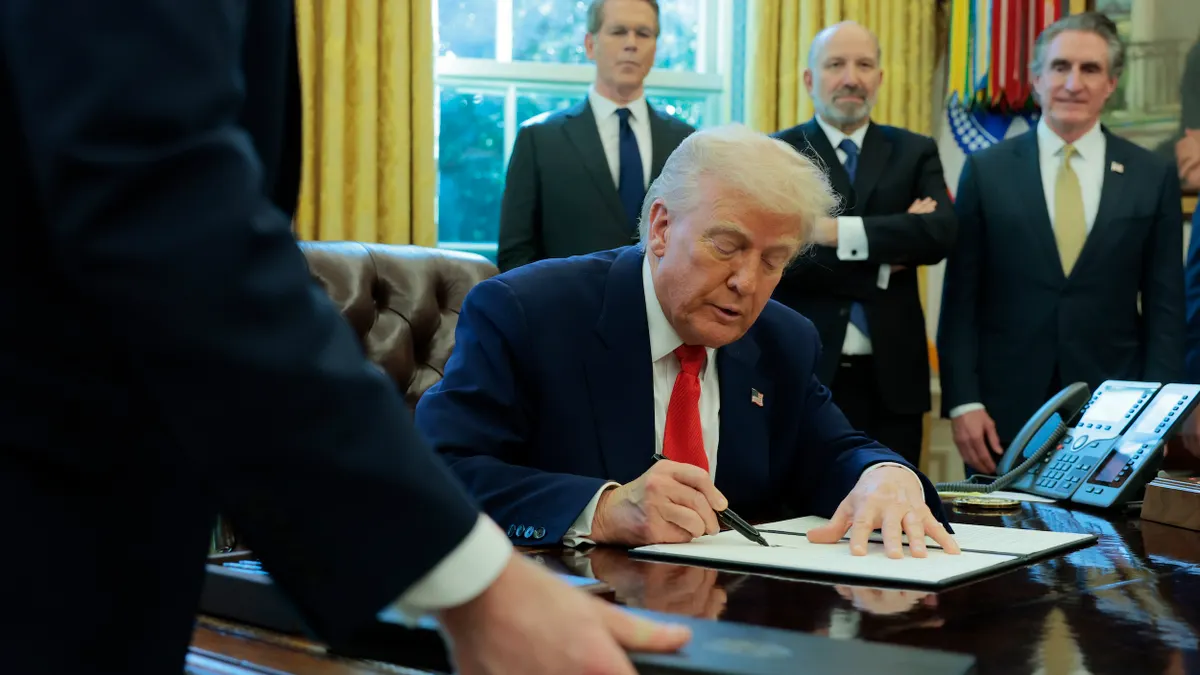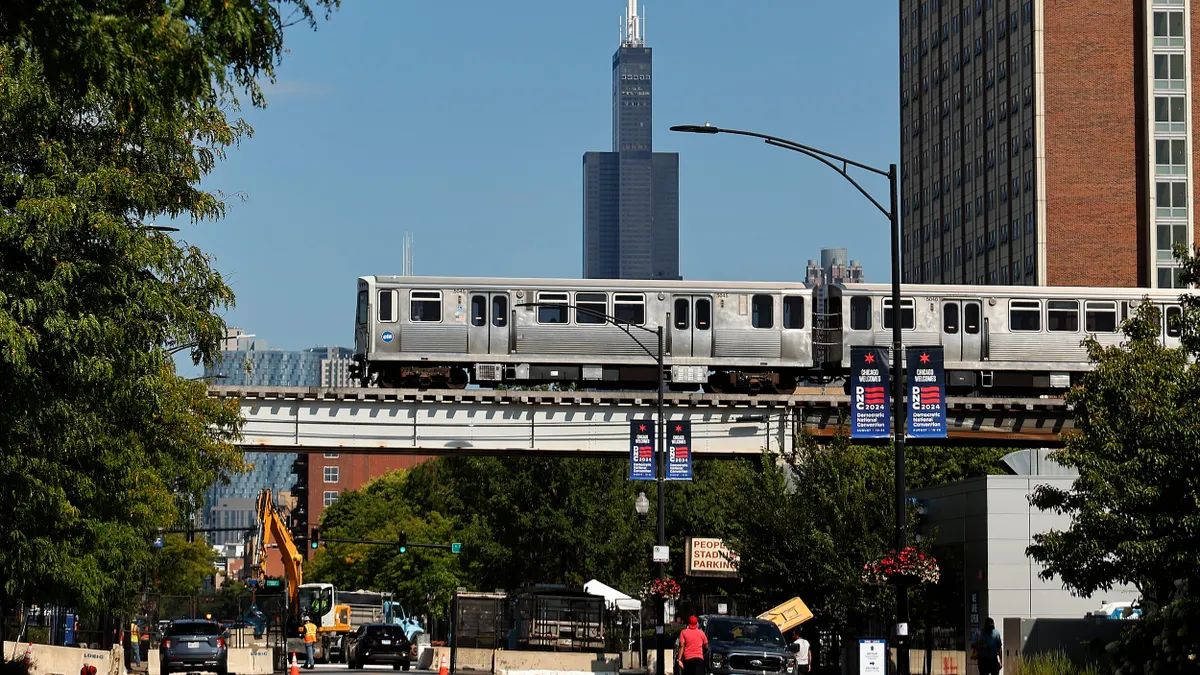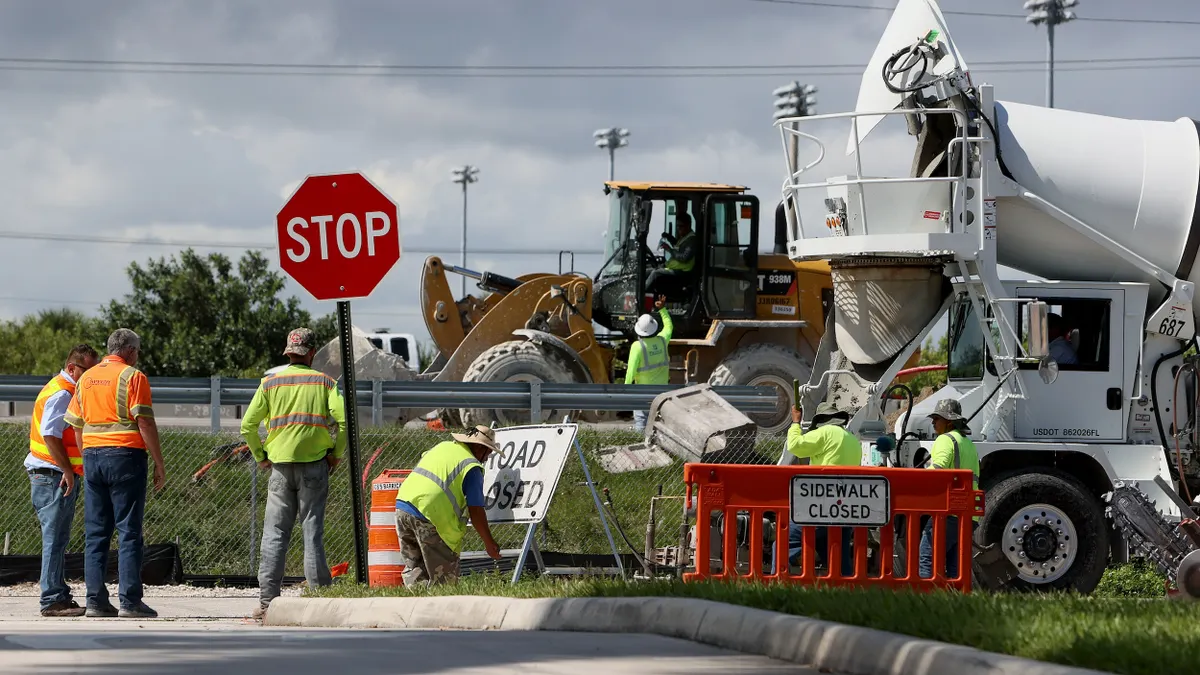Editor's note: This article was originally published in American City & County, which has merged with Smart Cities Dive to bring you expanded coverage of city innovation and local government. For the latest in smart city news, explore Smart Cities Dive or sign up for our newsletter.
Local government fleet managers want to keep their vehicles rolling, and that’s why they are open to fleet service options, says Nate Oscarson, government sales manager at Ford Pro, the commercial arm of the Ford Motor Co. It delivers solutions to commercial customers in all fleet sizes, providing work-ready internal combustion and battery electric vehicles.
“Our government customers are increasingly focused on maximizing vehicle uptime to better serve their constituents. A key trend is the adoption of alternative service solutions.” An example is their mobile service offerings. “Technicians perform on-site service and repairs on multiple vehicles at once, including state and local government fleets,” Oscarson says. “This is especially beneficial for smaller municipalities with smaller fleets, where cutting the vehicle downtime by multiple hours is of critical importance.”
Oscarson notes that in 2024, Ford’s mobile service orders more than doubled, serving more than two million customers. “Adoption of this service platform within the government cohort of customers is no exception.”
The company’s latest offering, Ford Pro Elite Commercial Service Centers, features 65 locations nationwide. “These specialized service centers, along with our extensive network of 700 Commercial Vehicle Centers across the U.S., are instrumental in supporting the efficiency needs of government fleet managers,” Oscarson says.
Fleet managers: How to decide whether to shift to EVs
Oscarson tells Co-op Solutions that Ford Pro has tools that help public sector administrators decide if electric vehicles (EVs) are suited for their operations. “For government fleet managers, some of the feedback we hear is uncertainty about whether electric vehicles are the right fit for their fleet. Customers can rely on our commercial dealers and sales team, who are equipped with the latest information on electric vehicles, charging options, incentives and more. Our dealer network receives tailored training to effectively support customers, helping to ensure a smooth and informed decision-making process.”
Last fall, the company announced a new product called E-Switch Assist. It is a complimentary and easy-to-use tool that can help fleet managers determine which of their current Ford vehicles are ready to make the switch to all-electric options like an E-Transit or F-150 Lightning.
Oscarson explains: “This tool helps assess if electric vehicles are a fit for them by analyzing connected vehicle data to make recommendations. Fleet managers can also enter data such as average daily miles and miles per gallon (MPG) to see if electric vehicles are a solution for them.”
Where motor vehicle preferences are trending
Today, there are almost six million battery EVs and plug-in hybrids currently in operation in the U.S. The growth rate of EV sales in the U.S., however, has dropped a bit. What’s more, according to CNBC: “Automakers remain invested in the eventual transition away from gasoline, as 2024 sales of traditional internal combustion engine cars fell below 80% for the first time in modern automotive history.”
Even as the federal Department of Energy website outlines the benefits of EVs, President Trump is slowing the shift to EVs in federal fleets. His administration, according to NPR, has stopped the installation of new EV charging stations and ordered some existing stations that are managed by the U.S. General Services Administration (GSA) to be shut down. The GSA will also begin to sell off as many as 25,000 EVs purchased during the Biden administration, says a report from Carscoops.
OMNIA Partners, who sponsors this page, offers a robust portfolio of cooperative contracts in the public procurement space. The firm lists a number of cooperative contracts under the phrase “electric vehicles.”





